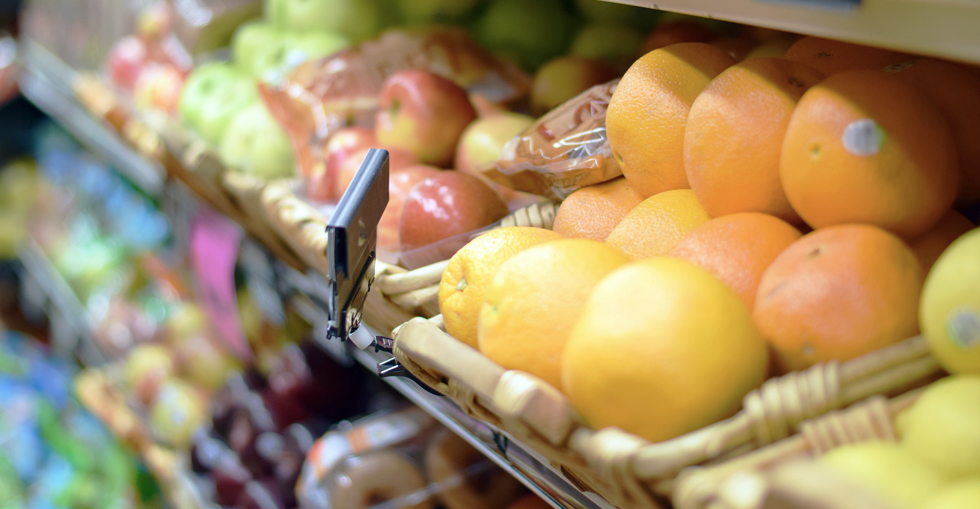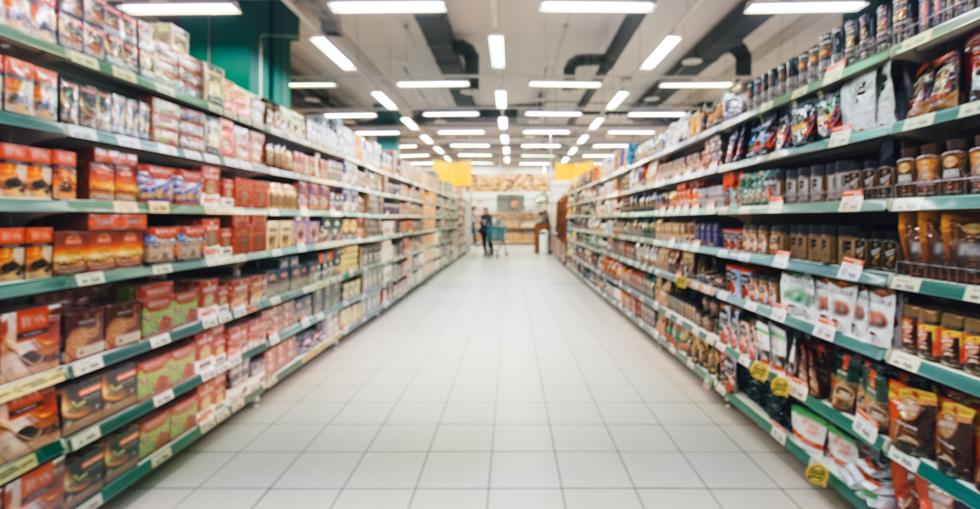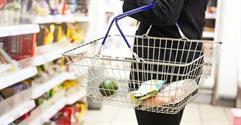Amid competition from the mighty supermarket chains, the humble convenience store sector in Canada has been growing at a steady 1.6% a year, according to IBISWorld.
The market research firm attributes the $10bn industry’s solid, if unspectacular success to its small size and accessibility – yes, its ‘convenience’ – and ability to adapt to changing consumer preferences.
If you’re running a convenience store, then, it’s wise to leverage these advantages – and that process starts when you’re buying a convenience store.
Location and the convenience factor
Footfall, visibility and the size of the local population are all crucial factors to consider when assessing convenience stores for sale.
So too is the number of nearby competitors, although the convenience factor means stiff nearby competition isn’t necessarily such a big problem if your rivals are all a few streets away. Many people for whom you are their closest store will just want the shortest walk or drive possible.

Nevertheless, providing a friendly and helpful service, as well as a reasonably priced, well-judged range of goods, might make some residents willing to walk a little further to become a regular at your store. Chatting to customers also gives you invaluable feedback for finessing your operation.
Monitoring consumer trends
Whether it’s a surge in demand for a celebrity-endorsed drink, or for hand sanitizer and toilet roll during pandemics, you should regularly monitor the latest consumer trends and modify your inventory accordingly.
You can generate ideas by searching for ‘convenience stores’ on Google News or reading industry magazines like C-Store Canada and Canada Convenience Store News. But be wary of over-specializing: customers expect a one-stop-shop where they can get everything from milk, bread and washing powder to potato chips, beer and wine.
Certain items – lottery, beverages and tobacco (although vaping is increasingly taking its place) – have long been the biggest revenue generators and are likely to continue to be so. However, within those categories, certain brands certainly come in and out of fashion.
And don’t focus on consumer trends at the expense of understanding your local market. Only decide to orient to, say, value ranges or premium/organic brands once you are satisfied that there is sufficient demand, and not too much competition, locally.

Food services – through partnerships with fast-food chains or delivering food during the Covid-19 pandemic – have become increasingly important revenue sources as customers seek easy meals both in and out of the home.
Drew Mize, executive vice president and general manager of ERP Solutions at PDI, recommends “testing the viability of delivery through third-party services instead of building your own service from scratch, which would be a significant investment”.
Optimising store layout
Examine the latest research on optimizing store layout to maximise revenues. Experiment with where and how you display various goods, monitor the results, and entrench profitable changes accordingly.
Conventional wisdom has it, for instance, that fresh produce should be the first thing you see when you enter the store, while the front checkout is best reserved for impulse purchases such as crisps and chocolate.
Also, think about striking the right balance between offering as much choice as possible and squeezing in so much produce that the aisles feel cramped (the latter being particularly problematic during pandemics).
Drew Mize also notes that basket sizes are up since the Covid-19 pandemic started as customers seek to reduce their exposure, prompting some stores to move bulk-size items to the front of the store.
You can also keep the average basket size up by monitoring how quickly various items deplete, and modifying the frequency and composition of your inventory orders accordingly to prevent popular items running out.


